Keeping everything under control
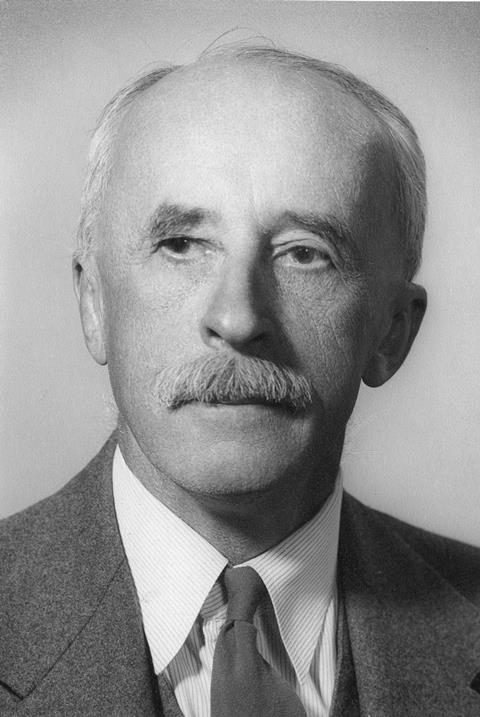
A classic quote from Dante’s Divine Comedy is ‘Ahi serva Italia, di dolore ostello, nave senza nocchiero in gran tempesta’ (Ah enslaved Italy, vale of tears, ship in great storm with no helmsman). Over the past few years many of us have felt a rising anxiety about what the future holds, as strange currents have pushed our countries into ‘uncharted waters’. How stable is our world?
Ultimately, controlling a complex system requires feedback loops. Such ideas go back to when water- and wind-driven mills and later clocks needed to be kept under control. The rise of steam engines added further impetus to this thinking, causing philosophers like David Hume and Adam Smith to ask wider societal questions. By the mid-19th century, scientists were presenting sophisticated mathematical analyses of stability – these were a significant spur to the development of mathematics itself. But what was lacking was a general, widely applicable control scheme. This came from an unexpected quarter: keeping ships sailing in a straight line.
Nicolas Minorsky was born in imperial Russia in Korcheva, a village that no longer exists, submerged by Joseph Stalin’s projects on the Volga. Minorsky studied engineering at the Naval Academy in St Petersburg, and may have been taught by Alexei Krylov, an authority on naval stability. In 1908 he took a course in electrical engineering in Nancy, France, and on returning to Russia earned a doctorate in applied sciences. With the outbreak of the first world war he joined the navy before being appointed naval attaché in Paris in 1917.
When revolution swept all before it back home, Minorsky emigrated to the United States. He quickly got a job in Schenectady, New York, with General Electric, the engineering behemoth. It was at this time that he began to puzzle over how to keep ships on course.
The time was ripe. Two centuries after John Harrison’s clock seemed to have solved the problem of longitude, navigation remained a challenge – compasses pointed to magnetic rather than ‘true’ north and were badly affected by steel hulls. The solution came from a device based on a completely different principle. The gyrocompass used the interaction of the angular momentum of a rapidly spinning gyroscope with that of the earth’s rotation to align the needle. Elmer Sperry’s patent of 1910 provided a truly reliable working device that was unaffected by the motion of the ship and would always point along the axis of the Earth’s rotation.
Given the growing size of ships, engineers began to explore automatic navigation. Sperry’s electric gyrocompasses could provide an output signal that might offer just such control, but the servo-steering he developed lacked a theoretical basis and was only moderately reliable.
Analysing the steering problem, Minorsky wrote that ‘An efficient helmsman keeps the ship accurately on her course by exerting a properly timed meeting and easing action on the rudder’. He wrote a differential equation with terms for the rotational moment of inertia of the ship, its frictional resistance to rotation, and the angle of the rudder. Solving for the rudder angle he obtained three terms, mathematically proportional (P), integral (I) and derivative (D) corresponding, respectively, to how far off course the ship was, for how long, and how sharply the course was being changed, driven by signals from a clock and a gyrocompass.
The ideas were put to the test in 1923 on the battleship USS New Mexico. After the control constants were established by trial and error, the system worked well. But the system wasn’t adopted for human reasons: ‘the operating personnel at sea were very definitely and strenuously opposed to automatic steering’.
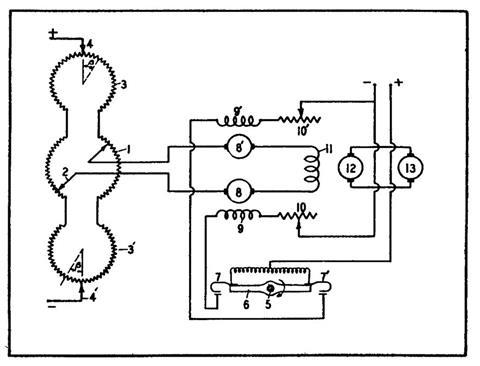
The secret experiments were not reported until 1930, by which time Minorsky had moved into academia and sold his patents. He continued to work on ships, and wrote seminal books on control engineering and non-linear dynamics that brought the extensive Russian literature to the attention of Anglophone mathematicians.
The generality of the three-term PID algorithm came into its own as electronics made the calculations faster and more precise. In 1948 John Ziegler and Nathanial Nichols provided an empirical method for determining the control constants. Today pre-tuned microprocessor PID devices control everything: robots, furnaces, spectrometers, chemical reactors, cutting tools – you name it. Ironically the degree of control on our instruments is often so good that we’d barely notice them if some controller interfaces weren’t so maddeningly arcane.
In a complex world, it is foolish to hope for an algorithm for societal stability. As Hume and Smith pointed out long ago, our institutions, laws and regulations are all components of an imperfect mechanism constructed to hold us safe in our current local minimum. So beware what you wish for; strip these away and who knows where we will steer. Like on those old maps, there monsters be.
Acknowledgment
I’m indebted to Christoph Salzmann for inspiration and suggestions
References
N Minorsky, J. Amer. Soc. Naval Eng., 1922, 34, 280 (DOI: 10.1111/j.1559-3584.1922.tb04958.x)


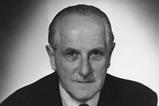

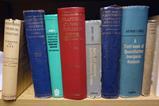








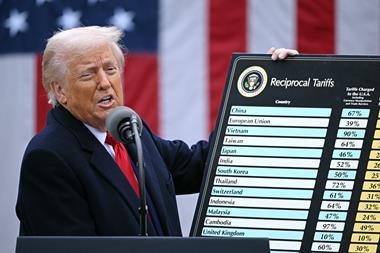



No comments yet